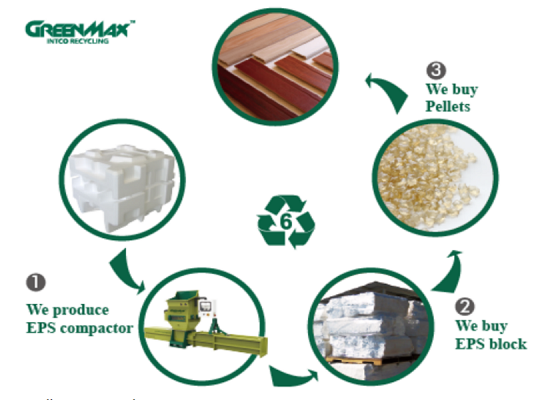The polystyrene compactor will help recycle medical waste and waste polystyrene produced in the production of medical coolers
In the twenty-first century, the health care sector uses a lot of plastic. Plastic makes up a sizable amount of the 60,000 pounds of waste that the Mayo Clinic's Rochester facilities produce in a single day. The Mayo Clinic Recycling Center on Third Avenue in Rochester prepares a variety of plastics, along with cardboard, paper, metal, electronics, and other materials, for reuse while some of that waste is sent to be burned at the Olmsted Waste-to-Energy Facility or the Mayo Clinic's own Waste Management Facility.
"The majority of the specimens received by our Mayo Clinic labs are placed in Styrofoam coolers." In the medical industry, drugs, blood, and even living organ transplants use strict Styrofoam coolers. Therefore, it is very common for medical waste to contain polystyrene plastic. This may also remind us that manufacturers of polystyrene coolers for the medical industry will inevitably generate excess waste during the production process. Therefore, companies related to the medical industry should actually pay attention to polystyrene recycling.
.jpg)
One of Minnesota's four plastic foam densifiers is located within the Mayo Clinic site, according to Dalenberg, enabling the health system to recycle the daily truckload of plastic foam it generates. Generally, to recycle expanded foam such as polystyrene foam, the first step is to compress the waste first.
According to the market trend in the past year, INTCO Recycling GREENMAX believes that the polystyrene compactor is gradually seizing the heat of the recycling market. The main reason is that the polystyrene compactor completely uses the screw extrusion technology for recycling, which squeezes out the air in the broken polystyrene , so as to obtain compact polystyrene blocs, the volume is reduced to 1/50 of the original. The compressed polystyrene blocs no longer need to enter the landfill. These compressed polystyrene blocs will be mixed with virgin materials in a certain ratio to make plastic particles, and then made into new plastic products.

